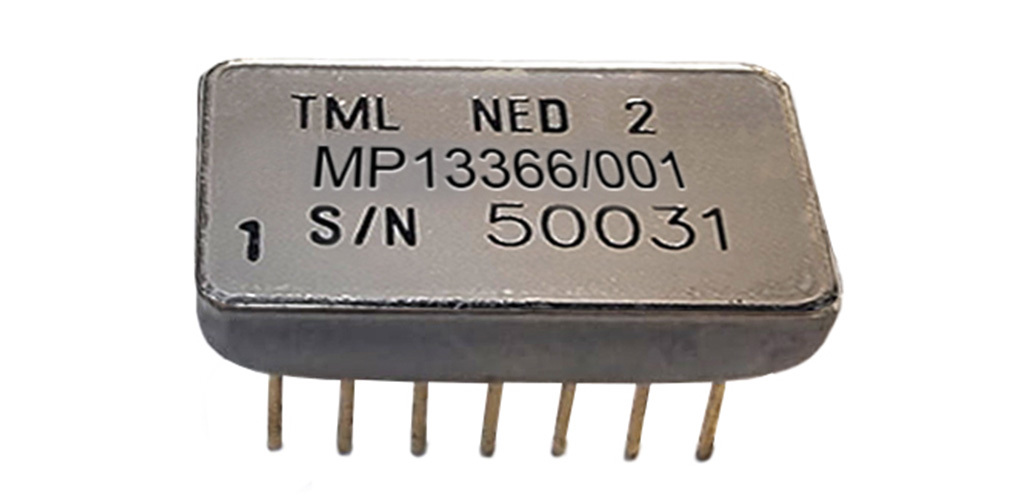- Advanced Interconnect Technologies
- 2.5 & 3D Heterogeneous Integration
- System in Package (SiP)
- Wafer Bumping & WLP
- Multi-Chip Modules (MCMs)
- Novel Microfabrication & MEMS
- Design, Packaging & Assembly
- Assembly Services
- Final Test
- Chip on Board (CoB)
- Plastic Packaging (BGA/CSP/QFN)
- Hermetic Packaging
- MIL-STD-1553 Data Bus Couplers & Accessories
- Micro In-Line Couplers
- Tab Mounted In-Line Couplers
- Through Hole Mounted In-Line Couplers
- Box Couplers
- Custom Design Couplers
- Data Bus Coupling Transformers
- Data Bus Relays
- Data Bus Harnesses
- Bus and Stub Terminators
- Wide Bandwidth RF & Video Transformers
- Antenna Couplers
- Video Isolation Transformers
- RF Wideband Transformers
- RF Wideband Transformers & Impedance Adapters

Defense Specifications for legacy and new equipment often include a nuclear hardening requirement to ensure survival and correct operation of non-hardened electronics following a nuclear event. The First Generation (Technograph) Nuclear Event Detector (NED) provides an output that asserts in response to gamma radiation. This output can be used to protect electronic components. During gamma radiation, damage to both insulated gate (MOS) and PN junction (bipolar) devices may occur. The effects on electronic components can include, for example, reduction of gain, data corruption and the production of photocurrents which may cause latchup and burnout.
Products
| Part Number | Sensitivity | Detector Delay Time | Screening Level(s) | Hermeticity | Temperature | RFQ | RFI | Tech Support |
|---|---|---|---|---|---|---|---|---|
| MP1336/001 | 1x106 | 60ns @10X Overdrive | BS9450 General Level or MIL-STD-883C Method 5008 Class B |
Non-Hermetic (Epoxy Seal) | -55 to +125° C | RFQ | RFI | Tech Support |
Overview
The First Generation (Technograph) NED output can be used to remove power, reset processors, disable memory write operations, or simply flag the system that a nuclear event has occurred. Using a PlN diode coupled to an amplifier, the NED can be programmed to respond to a variety of gamma dose rate levels. An event latch is also incorporated, which can be reset by the CPU after system re-initialization. The output of this tri-state latch offers the system designer a variety of options, including interfacing directly with the system bus, initiating software recovery or alerting the CPU to the possibility of corrupt data.
An open collector output gives the subsystem designer flexibility in methods of achieving the specified level of protection. The NED also has a user adjustable delay or “lock-out” time which is selected by the choice of a single external capacitor. Following this delay, the open collector output reverts to the pre-event state, thus enabling the system to be re-initialized allowing successful mission completion.
Features
- Dual In-Line Package
- Detection Dose Rate Threshold Range: 106 to 107 cGy/s at 25°C
- Total Dose (Device Survivability): 1 x 104 cGy/s
- Dose Rate (Operate Through): > 2.5 x 109 cGy/s
- Neutron Fluence (Operate Through): > 1012 n/cm2
- 5V Power Requirement
- -55°C to +125°C Extended Temperature Range





